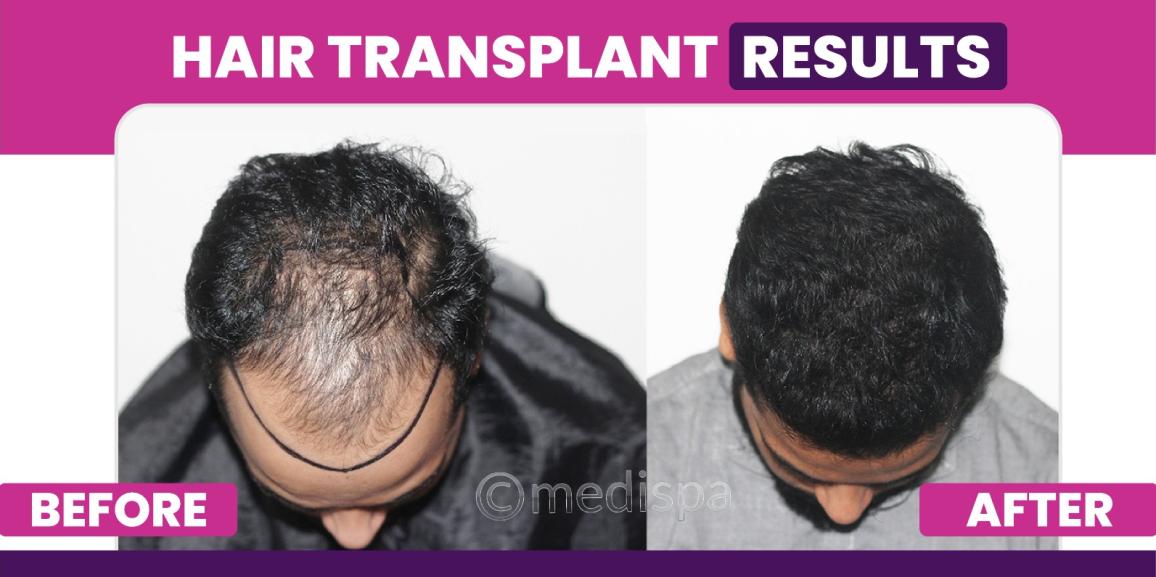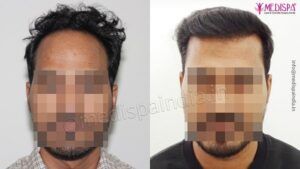
Many patients find themselves confused regarding the hair transplant procedure and often inquire about which technique they should select. It is important to note that these methods are frequently misrepresented in online advertisements, leading to a preference for one technique over another. In truth, each procedure has specific indications and is not universally applicable to all patients. There is no need for confusion regarding the method, as the advertisements may be misleading; these procedures are tailored to the individual patient’s needs, which can be thoroughly assessed during the initial consultation. Consequently, it is not advisable to make a decision about a particular surgery prior to consulting with your hair transplant surgeon. The hair transplant process entails the extraction of hair grafts from the donor area and their subsequent transplantation to the balding regions. For those who qualify as suitable candidates, this procedure is undoubtedly the most effective solution for addressing hair loss.
The affordable hair transplant cost in India draw individuals globally, making the country a popular destination for hair transplant tourism. This appeal is not solely due to the competitive pricing but also stems from the exceptional international standards of care and state-of-the-art facilities offered by select hair transplant clinics in India, which yield outstanding results. Dr. Suneet Soni is a prominent hair transplant surgeon in India, recognized for his remarkable surgical skills and innovative approach to hairline design. His proficiency lies in achieving optimal outcomes through the latest techniques and innovative methods, available only at a few specialized clinics for hair transplant in India. Medispa hair transplant clinic stands at the forefront of hair transplantation, utilizing both FUT and FUE techniques alongside the latest advancements in the field. Therefore, for those seeking comprehensive insights into the best hair transplant procedures, a visit to Medispa hair transplant clinic is recommended for informed guidance and decision-making that leads to exceptional results.
Hair transplant techniques
Two primary methods are employed in hair transplant procedures, differing in the manner in which the grafts are obtained. It is not possible to ascertain a superior technique, as both methods prove effective in their respective contexts. The following outlines these techniques and their respective implications:
- Strip technique for FUT hair transplants: In the strip technique, a narrow strip is excised from the donor area and subsequently sent to the graft separation room for meticulous dissection of the hair grafts. The recipient site is then prepared for the implantation of the individual hair grafts. To minimize damage and ensure meticulous attention to detail, each phase of the procedure is conducted under high magnification.
- The FUE hair transplant technique: It involves the extraction of hair follicles from the donor area utilizing a specialized punching instrument, followed by their immediate transplantation to the recipient site. To minimize damage to the hair grafts, it is essential that each procedure is performed under significant magnification. This technique is considered blind, as the extraction of hair grafts is based on the presumed location of the hair root, resulting in a higher degree of damage compared to previous methods.
- Combination of FUE and FUT techniques: It represents a hybrid approach to hair transplantation, integrating the two primary methods previously described. In this procedure, the FUT technique is employed by the hair transplant surgeon to obtain hair grafts with a higher yield, while the FUE method is utilized to collect grafts with a lower yield. This combined approach ensures a greater overall output of hair transplants while minimizing potential harm.
Indications: This method produces a substantial number of hair grafts, exceeding 4000, which makes it particularly suitable for effectively addressing advanced baldness classified as grade VI and VII, or for achieving high-density hair transplants in a single session. In addition to generating a larger volume of hair transplants, this technique offers the long-term benefit of safeguarding the donor area for possible future extractions.
Which is the ideal method of hair transplant for you?
Recently, there has been significant promotion of the FUE hair transplant method as being superior to alternative techniques. Many cost-effective clinics prefer the FUE approach due to its accuracy and ease of execution, which allows it to be conducted in a single room with limited equipment and personnel.
It is important to note that there is no universally superior method for hair transplants, as each technique serves distinct purposes. The FUT hair transplant method is typically selected when a larger quantity of hair grafts, approximately 3000 to 3500, is required. This method is particularly advantageous for cases of extensive baldness or when high-density hair transplants are necessary.
Conversely, the FUE hair transplant technique is advisable for individuals in the early stages of hair loss and for facial hair transplants, including beard, mustache, and eyebrow restoration. This technique facilitates the extraction of 2000 to 2500 hair grafts.
Several factors, beyond the number of hair grafts needed, influence the selection of the most suitable hair transplant technique for an individual. These factors encompass the patient’s age, the degree of baldness, the patient’s gender, and the quality and quantity of hair grafts available in the donor region. For an optimal hair transplant experience, it is recommended to visit Medispa hair transplant clinic, which is renowned for its exceptional services.
Factors that determine appropriate hair transplant technique
The choice of the most suitable hair transplant technique is contingent upon several factors. The surgeon conducts a thorough assessment of both the donor and recipient areas to identify the optimal method for the procedure.
- Stages of hair loss: The determination to undertake a hair transplant is affected by elements such as the degree of hair loss, the density of available donor hair, and the financial considerations of the patient. For instance, the FUT hair transplant technique can yield a greater number of hair grafts than the FUE method, making it more advantageous for cases of significant hair loss. Conversely, the FUE technique may be better suited for facial hair transplants or for individuals experiencing the initial phases of hair loss.
- Examination of the donor area: The surgeon performs a comprehensive assessment of the donor region to evaluate the hair density present. Should the donor area be found adequate, either technique may be appropriate based on additional considerations? Conversely, if the donor area is inadequate, the FUT hair transplant method is selected specifically due to its capacity to extract a greater number of hair follicles from a limited space.
- Based on need of shaving: In situations where the patient opts for a no-shave method, the FUT hair transplant remains a viable option, in contrast to the FUE technique, which does not accommodate this preference.







